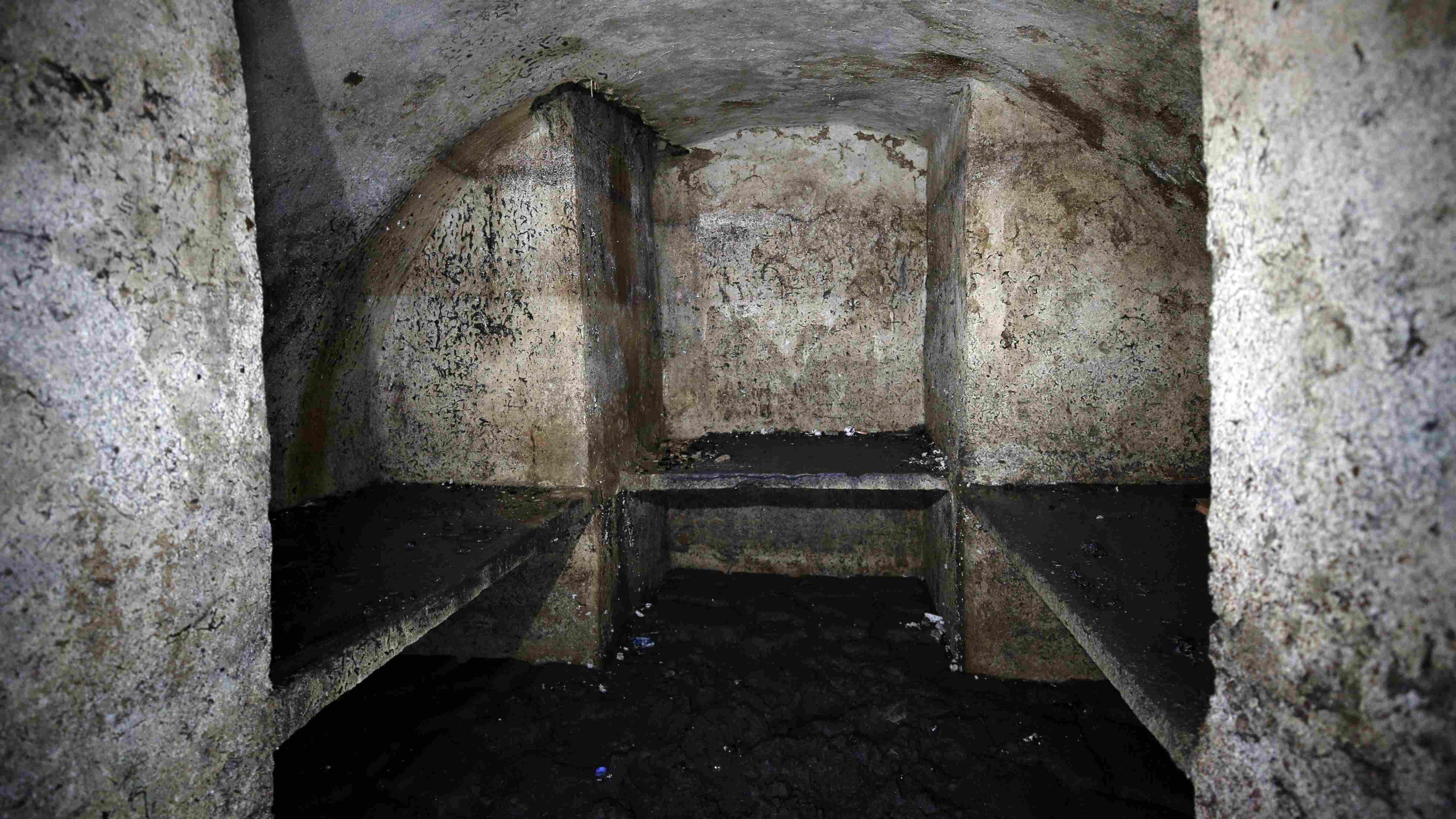Into the depths of Hagia Sophia: Tunnels and hidden legacy
ISTANBUL

Ongoing restoration and structural reinforcement efforts at Hagia Sophia are revealing long-hidden secrets buried within the tunnels and corridors of one of Istanbul’s most magnificent landmarks — a labyrinth-like network poised to be unveiled to the public in the near future.
“We launched this phase of the project at the start of last year, following the three-dimensional subsurface documentation we carried out in 2020, with the support of the Culture and Tourism Ministry and the General Directorate of Foundations. Significant progress has been made thus far,” Professor Hasan Fırat Diker, a member of the Hagia Sophia Scientific Committee, said in an interview with daily Hürriyet.
Once complete, the project is expected to make substantial contributions to the fields of architectural history and archaeology, according to Diker, who noted that the initiative is bringing to light the invisible layers of Istanbul’s heritage.
While he refrained from giving a specific timeline for the opening, he emphasized that it would not be too far off.
“As the interconnections among the subterranean structures are uncovered, new chambers and pathways continue to emerge,” Diker explained.
“Not all spaces are suitable for public access, but there are sizeable underground sections with navigable access that will be made visitable.”
Access to these underground structures, where feasible, will likely be managed under a quota-based visitation model, he said, with the Culture and Tourism Ministry expected to implement the necessary regulatory framework.
“A reservation-based system will allow for visits without overcrowding.”
Asked about the total length of the passageways, Diker responded, “It’s difficult to quantify precisely, but the combined length exceeds 1 kilometer.”
“Think of it like the vascular system — just as you can’t count blood vessels individually, these corridors are interconnected in similar ways. Essentially, we are unclogging the arteries of Hagia Sophia.”
Discussing the original function of the corridors, Diker said they primarily served water distribution purposes.
“Inside the tunnels, we’ve identified terracotta water conduits. In many places, the passage is so narrow one has to crawl. These were not intended for general passage but were designed for specialists to inspect and maintain the water channels.
“They also served as ventilation systems to regulate air circulation between interior and exterior spaces. Additionally, they were used for rainwater drainage, channeling water from inaccessible areas to external reservoirs.”
Diker highlighted that Hagia Sophia is not the only monument in Istanbul built atop such elaborate infrastructure: “There are numerous neglected underground systems across the city, originally constructed for water transmission and storage.”
The longevity of these monumental superstructures has always depended on the integrity of their foundations, the expert said.
If the work being done at Hagia Sophia sets a precedent, it could pave the way for similar preservation projects citywide, Diker noted.
“The subterranean layers of Istanbul — often overlooked in favor of its skyline — deserve attention. Making these spaces visible ensures their protection and helps dispel myths and urban legends. It enables us to engage with them not as abstract mysteries but as tangible heritage. More work is urgently needed to safeguard this multi-layered legacy.”
















